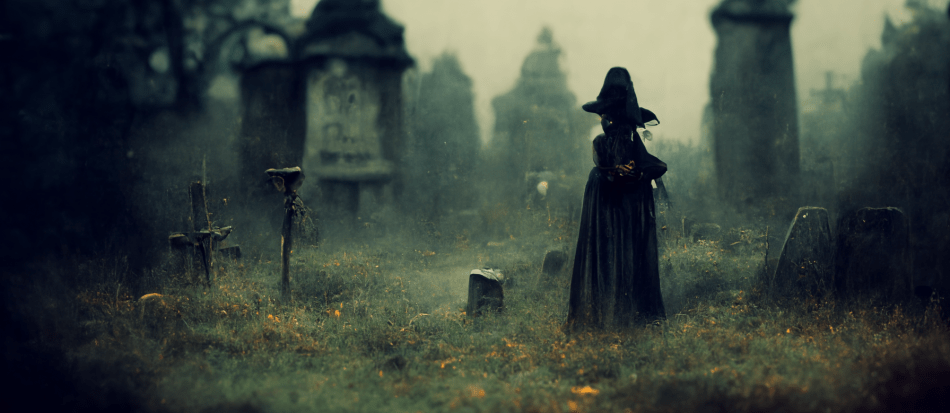Share the Lore!
By: Alex Postrado
History’s Persecuted Martyr; The Witch
Halloween or not, the archetypal witch can be seen everywhere.
From movies, TV shows, writings, and even music, the concept of witches and the practice of witchcraft both seem to hold a significant place in western modern pop culture.
We have seen it in action countless times now 一 in classic bedtime tales like Hansel and Gretel, movies like The Witches of Eastwick, and songs like Sisters of the Moon.
And along with all that, is the greatly varying depiction of witches that comes with each interpretation.
Among others, we have tempting witches, such as Monica Bellucci’s Mirror Witch character; sharp-witted witches, similar to Hermione Granger; and mischievous trouble-making witches, the likes of Alex Russo.
But above all that stands the “witchiest witch” of them all 一 the face that would straight away pop up in your mind when you try to think of what a witch looks like.
Yet, the thing is, when we look at witches this way, we tend to see a polarized, caricatured version of the character.
One that we typically associate with themes of evil, malice, and deviousness 一 forming an impression which we assign even to witches from the real world.
But are witches really corrupt enemies of communities 一 causing misfortune and harm to others?
Or is there something more to the meager scrap of the villain’s side of the story that we just haven’t learned about yet?
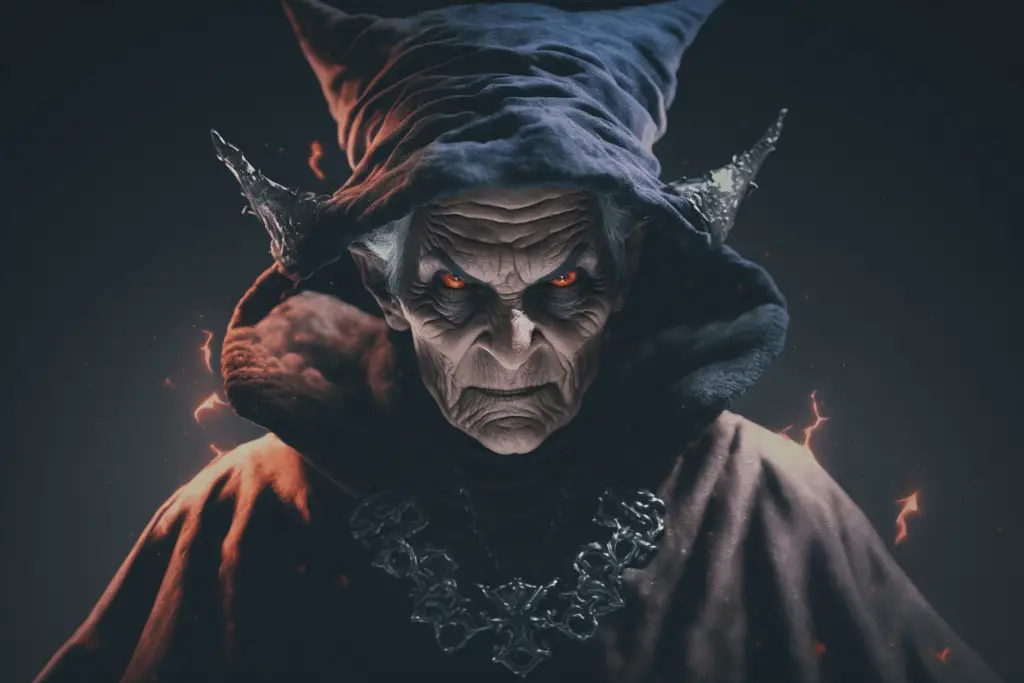
Brief History of Witches
Across cultures, the use of supernatural powers, spells, and magic is called witchcraft, while those who practice witchcraft are known as witches.
Traditionally, the term “witch” applies to any person who employs magic to inflict harm or cause misfortune to other people.
They could either study how to become a full-fledged practitioner of the craft or be born with the supernatural gift.
Though, for most of human history, witches were seen as sinful mortals who regularly commune with evil beings for their personal gain.
Eventually leading to hunts, prosecutions, and punishments that were deadly, not to common people, but to the witches, themselves.
Those who were suspected of witchcraft were subjected to either attacks, banishments, or killings.
In fact, around the 16th century, when everyone used to blame their out-of-nowhere ill-fortune on alleged witches, witch-hunting easily became the mania that kept every person occupied.
Back then in the UK, there was even a law signed to make the practice of witchcraft “punishable by death“. It was called the Witchcraft Act of 1542.
And when the 1700s came, roughly 500 suspected witches were already executed for the crime.
Clearly, in contrast to popular belief, witch hunts did not take over during Medieval times. It was actually dated around the Early Modern period 一 spanning from the Renaissance, to the Reformation, and even to the Scientific Revolution era.
But, even today, witches are still being persecuted in various places in the world 一 though, not as much as they have been, centuries earlier.
Moreover, the belief that the spells of witches can be countered with the use of protective magic by folk healers or witch doctors remains prevalent in this modern world 一 somehow proving that the idea that witches are enemies still lives on.
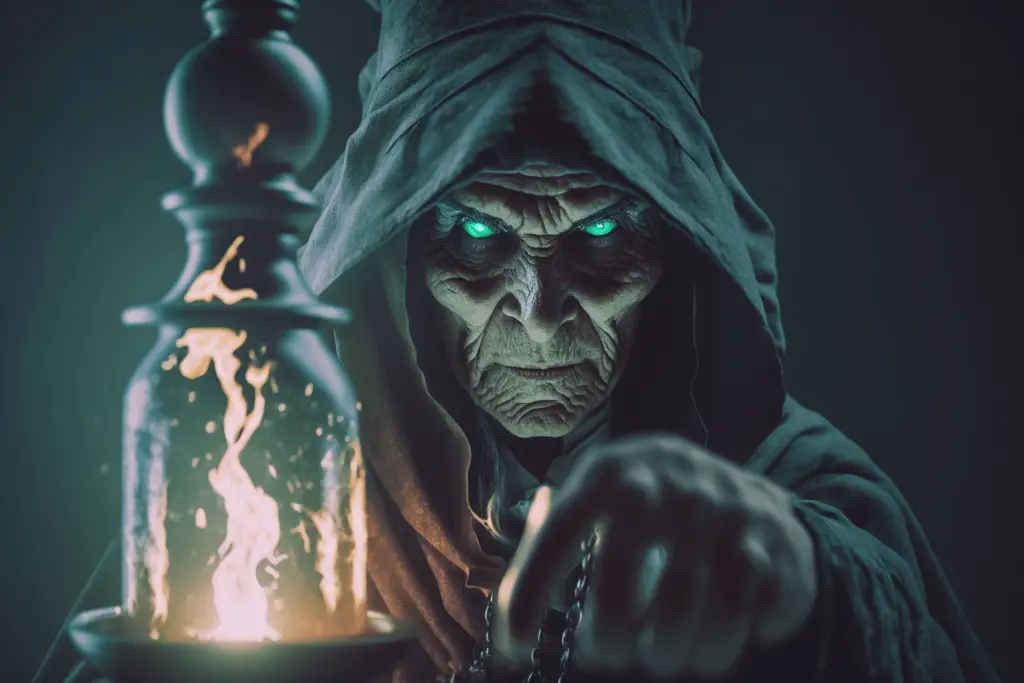
Witchcraft vs. Black Magic
What most people overlook about witches 一 and witchcraft, in general 一 is that the practice is not directly synonymous with “works of evil“.
Some believe that witches are members of cults that conspire with the Devil and employ black magic in the process.
But witchcraft and black magic aren’t the same. As a matter of truth, black magic is said to not exist 一 only magic!
And magic falls under witchcraft.
The term “witchcraft” is derived from Old English wiccecraeft 一 divided into two:
- Wicca 一 or the feminine wicce 一 meaning, “the practice of magic“.
- And craeft or “skill“.
The thing is, witchcraft, by any means, is not singular in meaning. It could manifest in different ways:
Through incantations and chants, the creation of charms and amulets, the concoction of potions, the crafting of dolls and similar figures, and the prediction of future events.
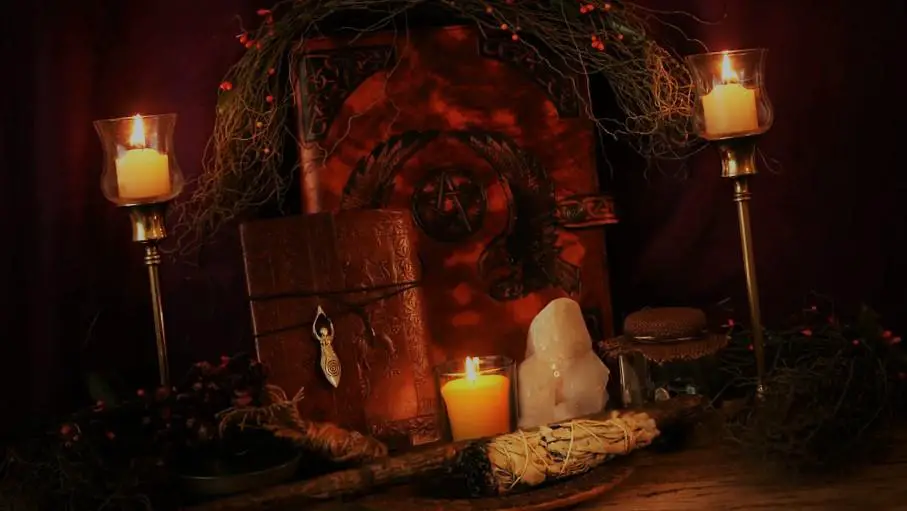
All of these forms of sorcery can be wielded for “the good” 一 especially because none of them are inherently “bad”, by definition.
For instance, oracles can help people prepare for what is coming.
Furthermore, there are believed to be chants and potions meant to preserve health that Wiccans use to this day.
Magic only crosses over to what people call “black magic” when the practitioner chooses to work with the traditional connotation of witchcraft 一 which is the use of powers to harm others and seek revenge.
The problem is, this traditional “meaning” is greatly influenced by other concepts, like folklore, religion, and the prejudice that comes with it 一 making it hard to view the “objective reality” of witchcraft without being biased in a sense.
The Reputation and Nature of Witches
While, nowadays, it is true that witches are both feared and respected, history makes it clear that it was not always that way.
The Old Testament was among the first to mention the word “witch” 一 in a line from Exodus, saying:
“Thou shalt not suffer a witch to live.”
A verse that implies 一 albeit indirectly 一 that witches are the “bad guys” of our narrative.
These things have caused witches to become the “scapegoat for all sorts of ills“, be it death, sickness, accidents, shipwrecks, bad weather, and other calamities of nature.
And to make matters worse, the public trials of alleged witches, like the Salem Witch trials, gave us a stereotyped version of both the character and the story that takes centuries after centuries to undo 一 a process that is even slower when portrayals of witchcraft in modern pop culture still, every now and then, take advice from outdated beliefs that are best left in the past.
Are Witches Evil?
If you’d ask most horror moviegoers and Halloween enthusiasts, they would probably tell you that witches are 一 without a doubt 一 evil.
To the fanatic and the conservative, they are even monsters in human clothing.
Baby-killing, children-eating, curse-inflicting, humanity-loathing, power-hungry witches.
However, as far as the truth is concerned, that isn’t the case.
Unlike what the iconic witch character frequently portrays, real-world witches are usually just normal people like every one of us. And similar to what was said earlier about magic, witches are “neither inherently good nor bad”.
Our perception of them as catchall fall guys is nothing but fabricated in order to serve certain objectives.
It is a good thing that, nowadays, people are redefining the general reckoning on witches 一 a movement that was arguably started by the 1950s development of Wicca, focusing more on helpful witchcraft practices including meditation and divination.
Further proving that as much as magic can be used for selfish reasons, it could also be channeled for the greater good.
It just so happened that a lot of us were brought up with a handed-down image of what a witch is, for reasons that most might be too afraid to question.
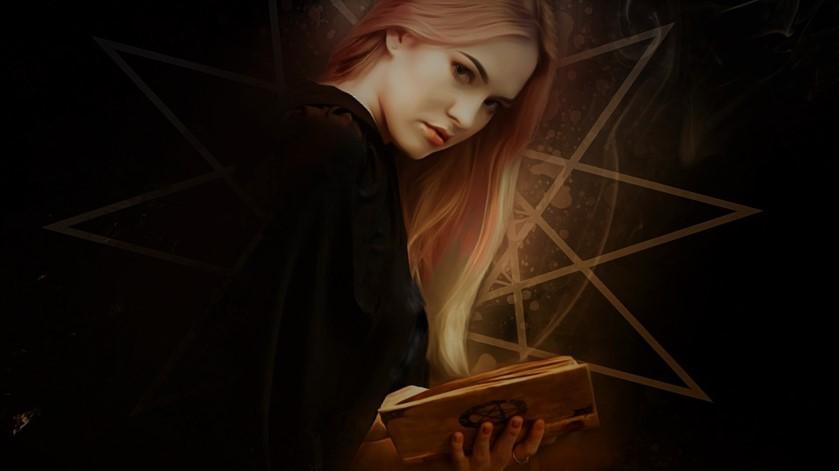
The Origin of the “Evil” Perspective
In spite of having several witch figures in mythologies from all over the world 一 including Freya of Norse myth, Baba Yaga of Slavic lore, Morgan le Fay of Arthurian legend, and Hecate of Greek mythology 一 witches persist to embody some of “society’s darkest fears” 一 including powerful women.
And sure, not all witches were 一 and are 一 women.
Even the ones executed during the witch trials were not strictly female 一 there were men, children, and old people, too.
Research also shows the fact that most of them were indeed women.
And that, for one, definitely affected the reputation of witches.
Since the world always had a blinkered view when it comes to women in general, it became so much easier to paint them in such a bad light 一 to which a quintessential horror figure was ultimately molded from.
The worst part about this is that for hundreds of years, this misogyny-driven perspective on women paved the way for actual bloodstained events that are absolutely more haunting than any other witch story.
Who knew that our deeply-rooted fear of unapologetic female power has the potential to cause the countless executions of possibly innocent people?
Yet that prejudice only provided the grounds.
Had it not been for religion 一 more specifically, Christianity 一 perpetuating the idea that everyone who does not conform to the predefined societal and gender norms is dangerous and evil, this symbolic violence against women might have not caught on.
And the towering witch archetype might be known more for the boundless possibilities of its power and less for its “heresy” and “ungodliness“.
References:
Witchcraft - Definition Witchcraft - UK Parliament The Real Stories Behind The Myths And Misconceptions Around Witches ‘We Are The Weirdos’: How Witches Went From Evil Outcasts To Feminist Heroes How Witches Have Held Us Under Their Spell For Centuries What Sparked Our Fear Of Witches — And What Kept It Burning So Long? The Problem With The Halloween ‘hag’ Witch – And What You Need To Know About Real-Life Witchcraft
